| Structure | Name/CAS No. | Articles |
|---|---|---|
 |
Ethidium bromide
CAS:1239-45-8 |
|
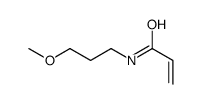 |
N-(3-Methoxypropyl)acrylamide
CAS:107374-86-7 |
|
 |
2-Nitrobenzoic acid
CAS:552-16-9 |
|
 |
Formaldehyde
CAS:50-00-0 |
|
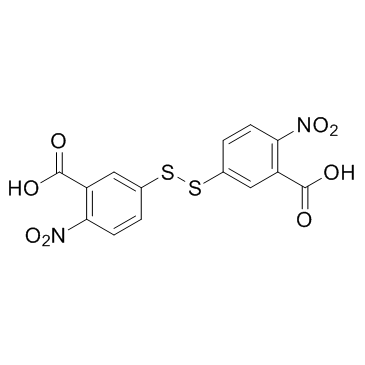 |
DTNB
CAS:69-78-3 |
|
 |
4-Aminobutanoic acid
CAS:56-12-2 |
|
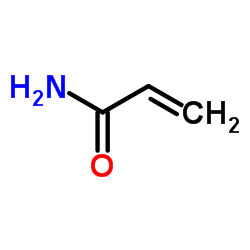 |
Acrylamide Crystals
CAS:79-06-1 |
|
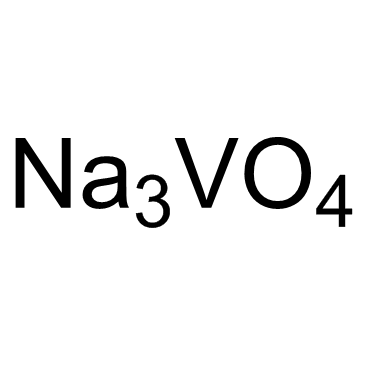 |
Sodium orthovanadate
CAS:13721-39-6 |
|
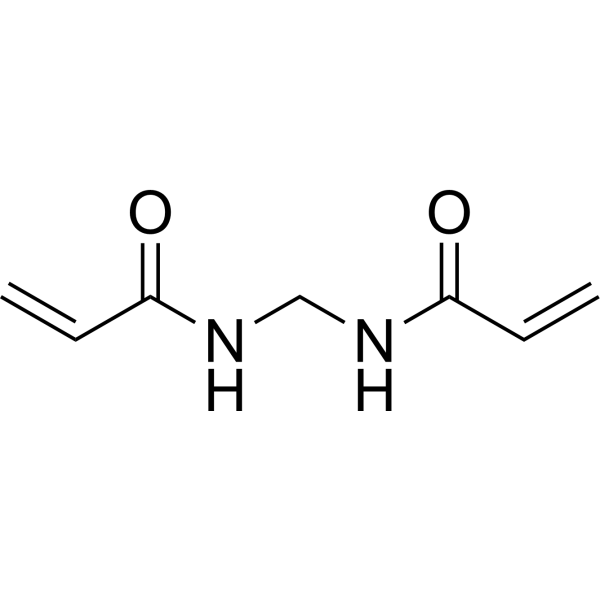 |
N,N′-Methylenebisacrylamide
CAS:110-26-9 |
|
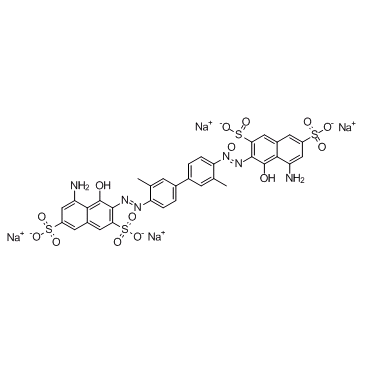 |
Direct Blue 14
CAS:72-57-1 |